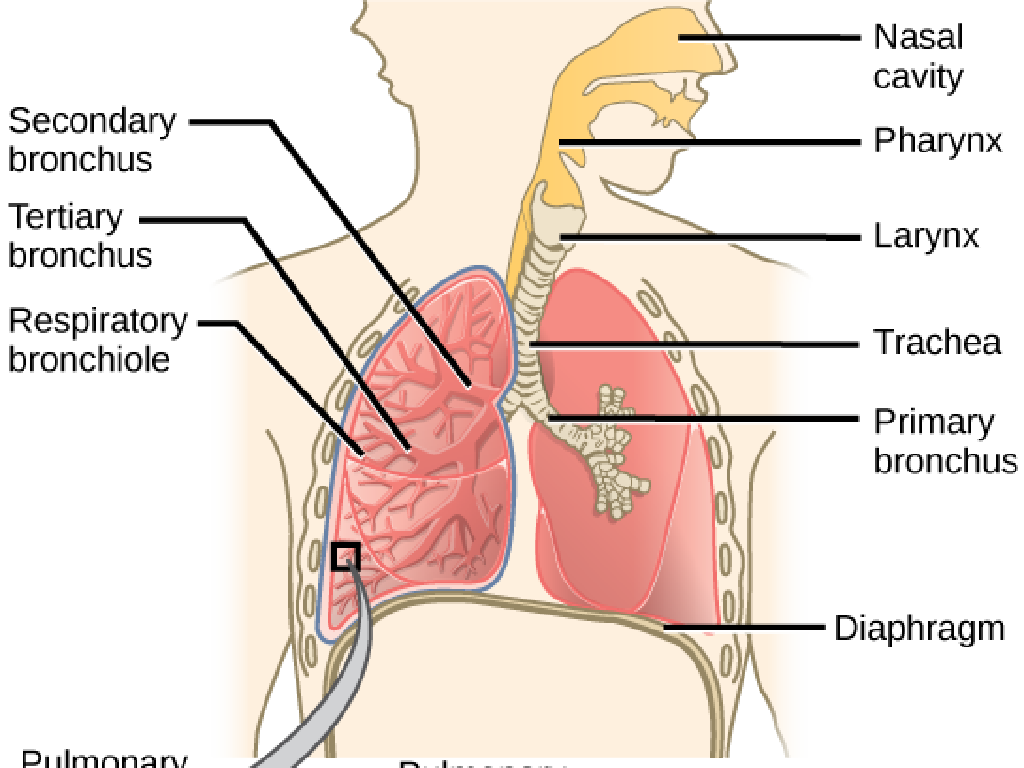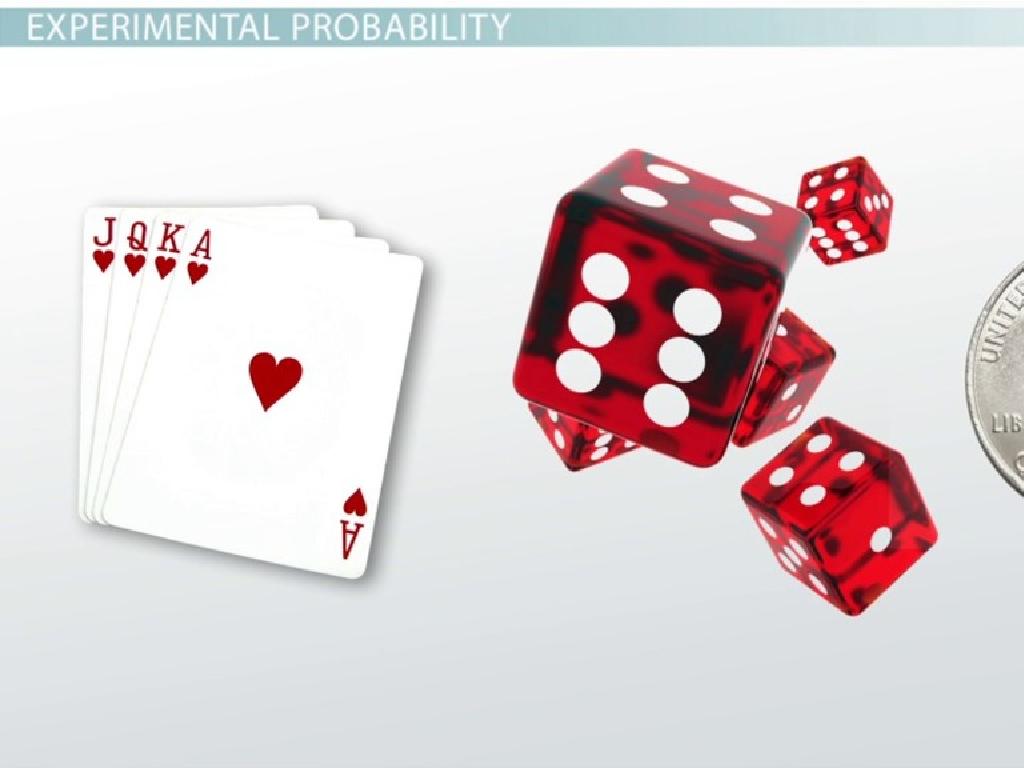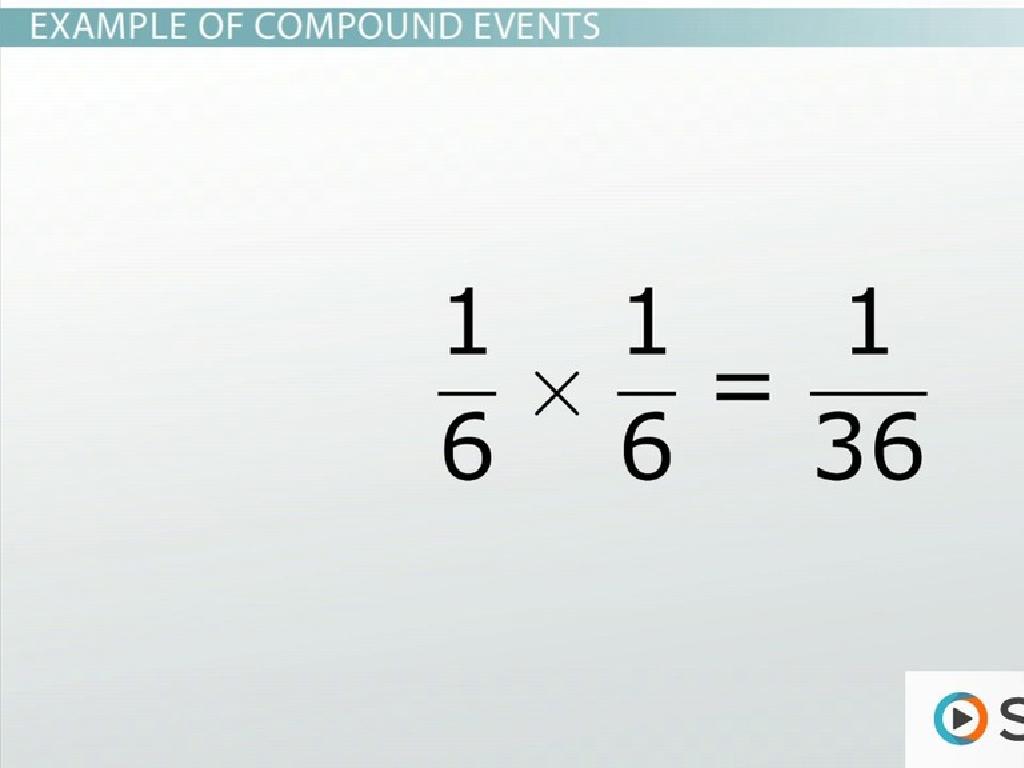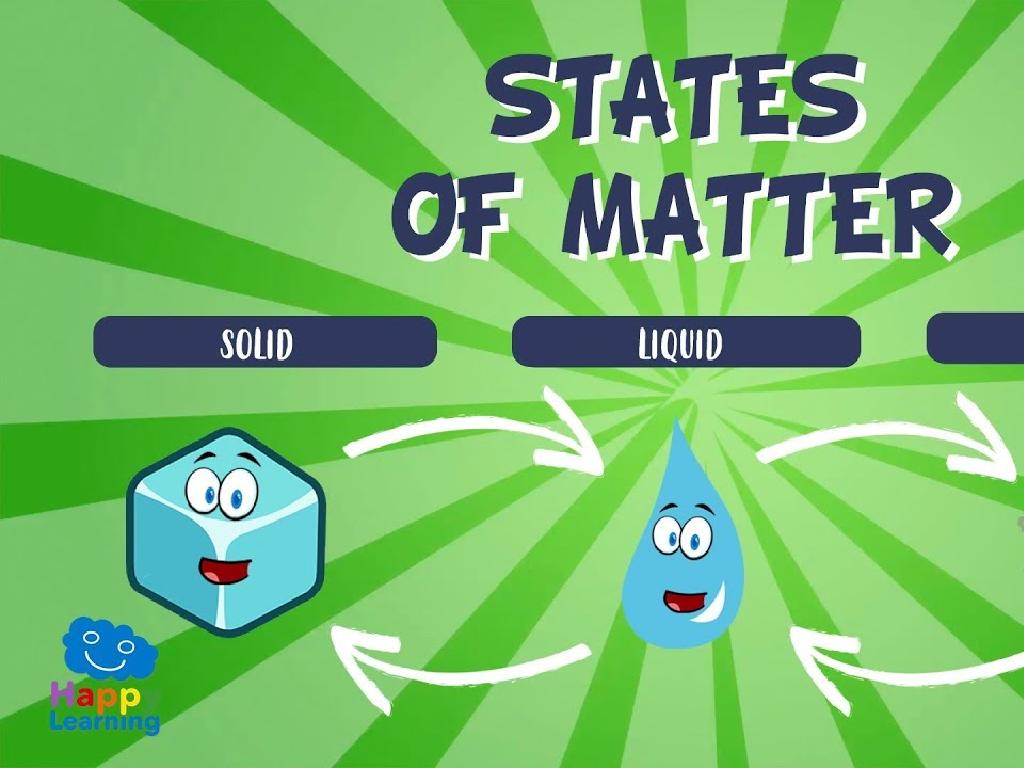Compare Linear Functions: Graphs And Equations
Subject: Math
Grade: Eighth grade
Topic: Linear Functions
Please LOG IN to download the presentation. Access is available to registered users only.
View More Content
Comparing Linear Functions: Graphs & Equations
– Define linear functions
– A linear function has a constant rate of change, represented by a straight line
– Explore real-life applications
– Used in budgeting, speed, temperature over time, etc.
– Learn to compare functions
– Understand similarities and differences using various methods
– Today’s goal: Graphs vs. Equations
– Focus on interpreting and analyzing both representations
|
This slide introduces the concept of linear functions, which are fundamental in algebra and represent a constant rate of change. Students will see how these functions apply to real-world scenarios such as calculating expenses or understanding speed. The main objective is to teach students how to compare linear functions by looking at their graphical representations and algebraic equations. Emphasize the importance of slope and y-intercept in both forms. Activities may include matching equations to graphs, analyzing the rate of change, and discussing how different linear functions can model various situations. Encourage students to think critically about how the slope and y-intercept affect the graph and the equation of a line.
Understanding Linear Functions
– Define a linear function
– A function with a constant rate of change
– General form: y = mx + b
– ‘m’ represents the slope, ‘b’ is the y-intercept
– Components: Slope (m)
– Slope (m) indicates the steepness of the line
– Components: y-intercept (b)
– y-intercept (b) is where the line crosses the y-axis
|
A linear function is one of the most fundamental concepts in algebra, representing a straight line with a constant rate of change. The general form of a linear equation, y = mx + b, showcases two main components: the slope (m) and the y-intercept (b). The slope determines the steepness or incline of the line, indicating how much y changes for a unit change in x. The y-intercept is the point where the line crosses the y-axis, representing the value of y when x is zero. Understanding these components is crucial for students to compare different linear functions by looking at their graphs and equations. Encourage students to practice by plotting linear functions and identifying their slopes and y-intercepts.
Graphing Linear Functions
– Plotting linear functions
– Use a table of values to plot points
– Slope and y-intercept
– Slope: rise over run, y-intercept: where line crosses y-axis
– Graph example: y = 2x + 3
– Plot (0,3) from y-intercept, use slope 2/1 to find next points
– Interpreting the graph
|
This slide introduces students to the concept of graphing linear functions. Start by explaining how to create a table of values for the function and use it to plot points on the graph. Discuss the slope as a measure of steepness and the y-intercept as the point where the line crosses the y-axis. Use the example y = 2x + 3 to demonstrate plotting the y-intercept at (0,3) and using the slope of 2 (up 2, right 1) to find additional points. Encourage students to practice by choosing different x-values, calculating the corresponding y-values, and plotting them. Conclude by interpreting the graph, understanding how slope and y-intercept affect the position and direction of the line.
Comparing Graphs of Linear Functions
– Differences in slopes and y-intercepts
– Slope measures steepness, y-intercept is where the line crosses the y-axis
– Meaning of parallel and intersecting lines
– Parallel lines have the same slope, intersecting lines meet at a point
– Activity: Analyzing graph relationships
– Compare graphs to find patterns and relationships between lines
– Discuss real-world applications
|
This slide introduces students to the concept of comparing linear functions by looking at their graphical representations. Emphasize the importance of understanding the slope as a measure of the line’s steepness and the y-intercept as the point where the line crosses the y-axis. Explain that parallel lines will never meet because they have the same slope, while intersecting lines will cross at one point. The class activity involves students identifying and discussing the relationships between multiple graphs, which will help them understand how different linear equations can be represented visually. Encourage students to think about how these concepts apply to real-world scenarios, such as comparing rates of change in different situations.
Linear Equations and Slope-Intercept Form
– Writing linear function equations
– Equation form: y = mx + b, where m is slope, b is y-intercept
– Solve for y, get slope-intercept
– Rearrange equation to isolate y on one side
– Example: 2x – y = 4 conversion
– Convert 2x – y = 4 to y = mx + b form
|
This slide introduces students to the concept of writing and manipulating linear equations. Start by explaining the standard form of a linear equation (y = mx + b) and the significance of the slope (m) and the y-intercept (b). Demonstrate how to solve for y by rearranging the equation to get it into slope-intercept form, which is useful for graphing and comparing linear functions. Use the example 2x – y = 4 to show step-by-step conversion: Add y to both sides to get 2x = y + 4, then subtract 4 from both sides to isolate y, resulting in y = 2x – 4. This example illustrates the process of converting a standard form equation into slope-intercept form, emphasizing the practical application of this skill in analyzing and graphing linear functions.
Comparing Linear Equations
– Analyze equations for slope (m)
– Slope (m) indicates the steepness of the line
– Determine y-intercept (b) from equations
– y-intercept (b) is where the line crosses the y-axis
– Effects of changing m and b
– A change in m alters the tilt; a change in b shifts the line vertically
– Activity: Matching equations and graphs
|
This slide introduces students to the core concepts of comparing linear equations by analyzing their slope and y-intercept. Begin by explaining how to identify the slope (m) and y-intercept (b) from an equation in slope-intercept form (y=mx+b). Discuss how variations in the values of m and b affect the line’s appearance on a graph. For the activity, provide students with a set of equations and a series of graphs. Their task is to match each equation to its corresponding graph based on their understanding of slopes and y-intercepts. This hands-on activity will help solidify their comprehension of how equations translate into graphical representations. Provide guidance and examples to ensure students are clear on the concepts before starting the activity.
Interpreting Slope and Y-Intercept in Real Life
– Slope represents rate of change
– E.g., speed of a car over time
– Y-intercept is the starting value
– E.g., initial savings in a bank account
– Comparing slopes in real scenarios
– Slope comparison: faster vs. slower growth
– Analyzing y-intercepts of two contexts
– Y-intercept comparison: higher vs. lower start
|
This slide aims to help students understand the concepts of slope and y-intercept in the context of real-world scenarios. The slope of a line in a graph represents the rate of change, such as the speed of a car increasing over time. The y-intercept is where the line crosses the y-axis, indicating the starting point of the data, like the initial amount in a savings account. By comparing the slopes and y-intercepts of different linear functions, students can analyze and predict behaviors in various situations, such as comparing the growth of two plants over time or the start-up costs of two businesses. Encourage students to think of other examples where slope and y-intercept play a crucial role in interpretation and decision-making.
Class Activity: Create and Compare Linear Functions
– Form small groups and create linear functions
– Graph your functions on coordinate planes
– Use slope-intercept form y=mx+b for easy graphing
– Exchange graphs with another group to compare
– Discuss the differences in graphs and equations
– Consider slope, y-intercept, and linearity in your discussion
|
This activity is designed to reinforce students’ understanding of linear functions by creating and comparing them visually and algebraically. Each group should come up with at least one linear function, graph it using the slope-intercept form, and then exchange their graphs with another group for comparison. Encourage students to discuss how the slopes and y-intercepts of their functions affect the position and steepness of the lines on the graph. They should also consider how the equations are similar or different and what those differences mean in terms of the relationship between the variables. Possible activities for different groups could include comparing functions with the same slope but different y-intercepts, or vice versa, to see how each parameter affects the graph.
Conclusion: Understanding Linear Functions
– Recap on linear functions comparison
– Significance of linear functions
– Key in math and solving real-life problems
– Real-world linear function examples
– Look for patterns that increase or decrease at a constant rate
– Homework assignment
|
As we conclude today’s lesson, remember that comparing linear functions helps us understand relationships between variables that change at a constant rate. This concept is not just a mathematical tool; it’s also essential for analyzing and interpreting patterns in various real-life situations, such as economics, science, and even sports. For homework, students are expected to find and bring examples of linear functions they observe in their daily lives. This could be anything from the speed of a car over time to the cost of groceries as the quantity changes. Encourage them to think critically about the patterns they see around them and be prepared to discuss how these examples can be represented with linear equations and graphs in the next class.






